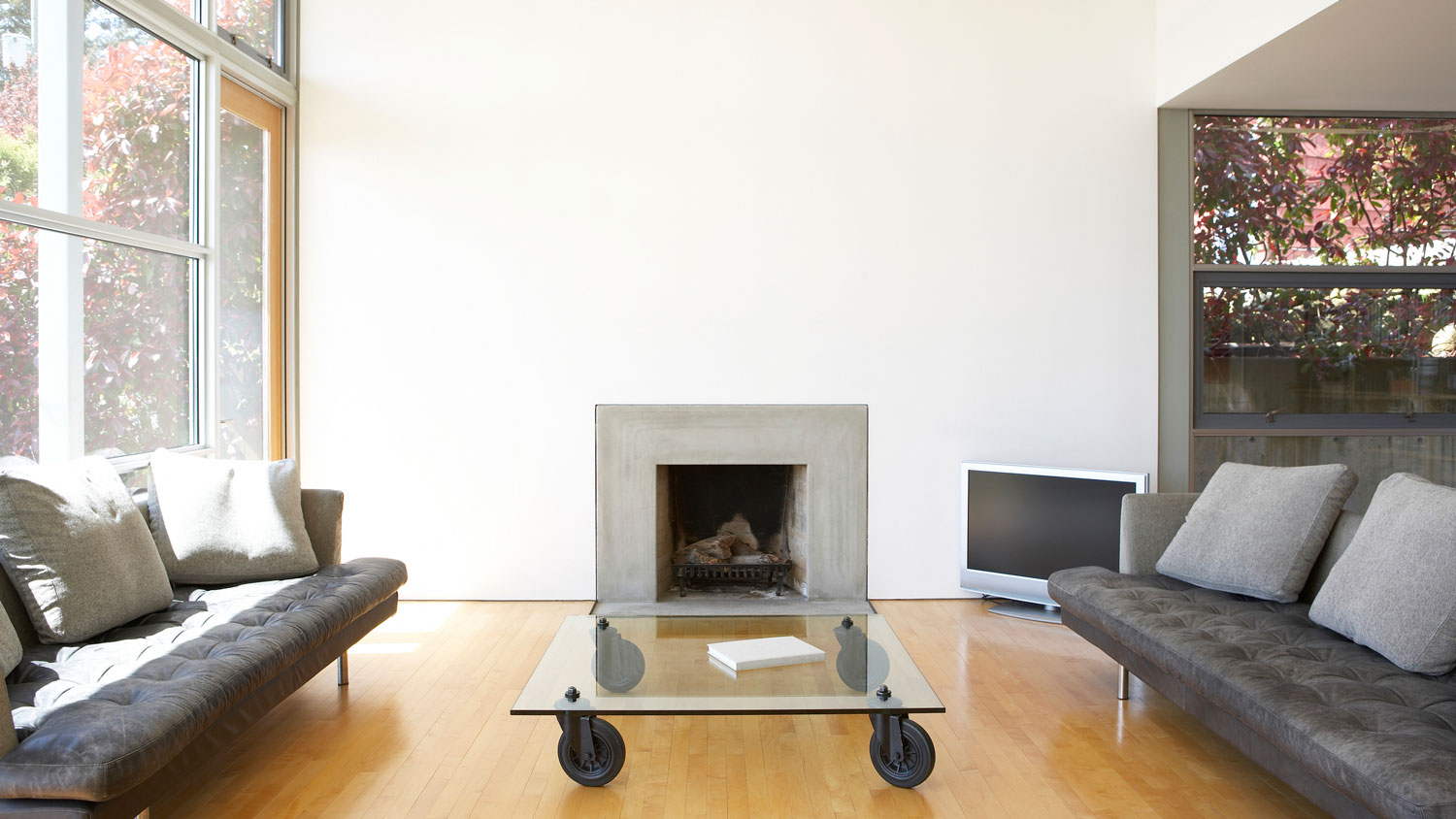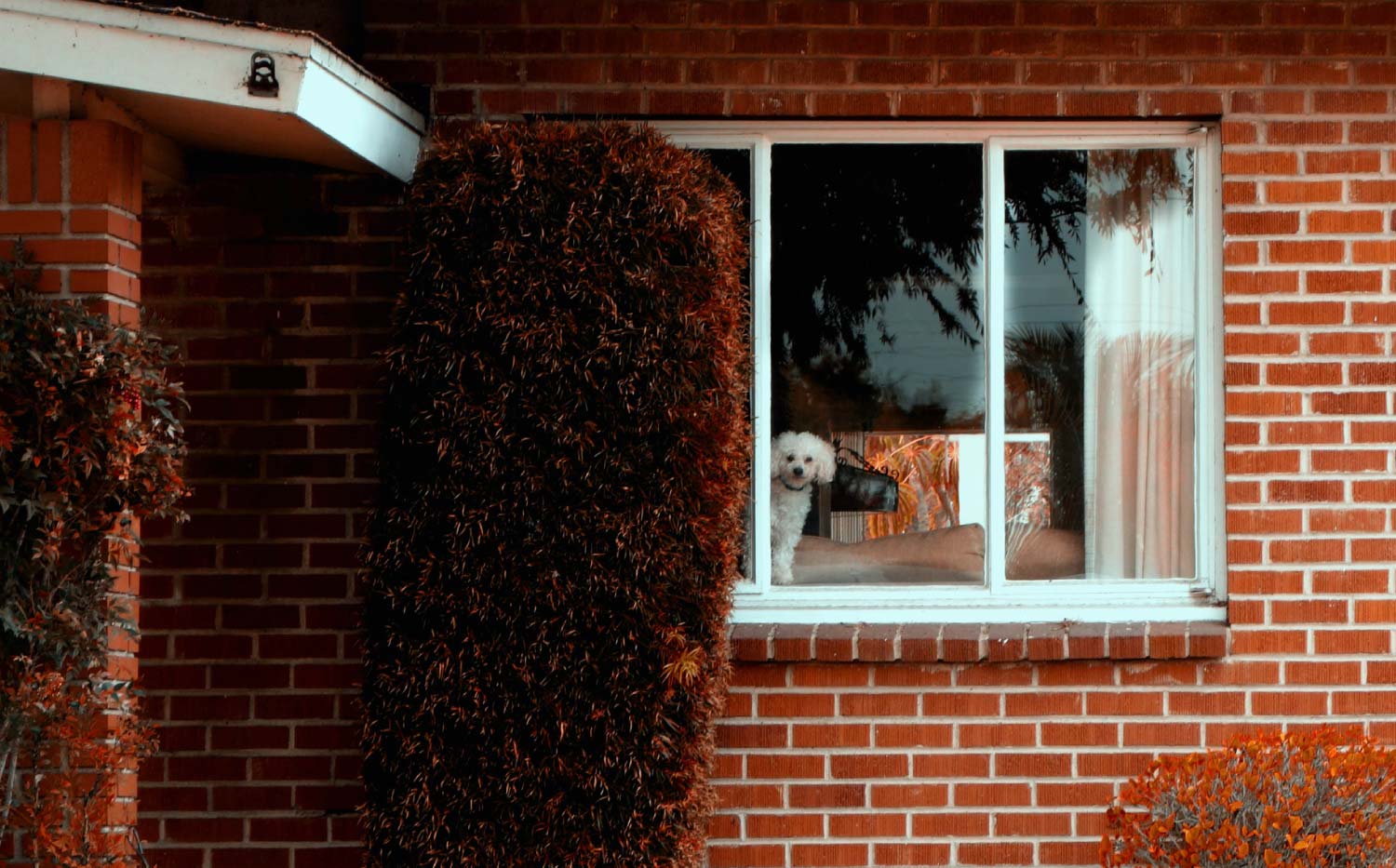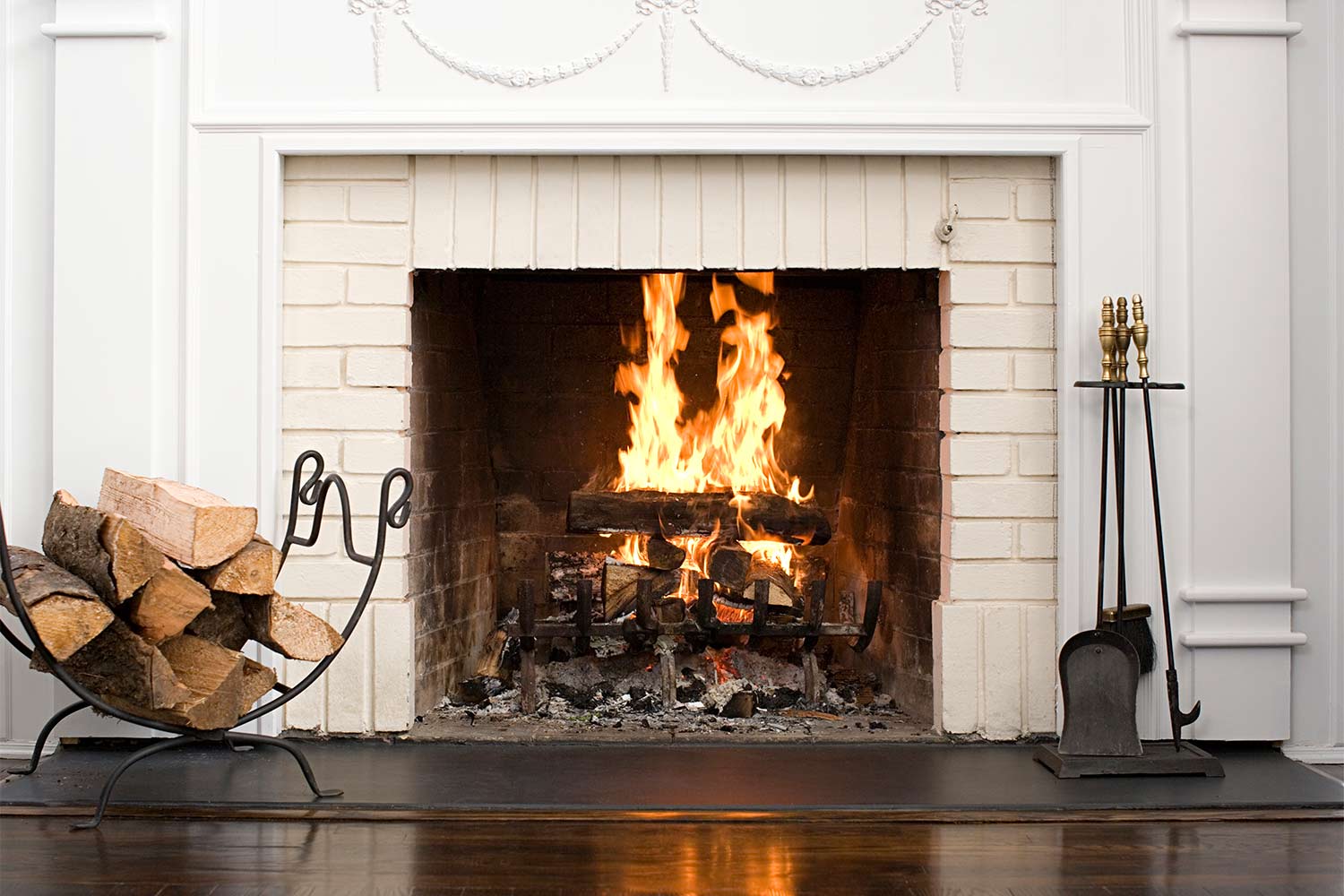
Learn how much you’ll pay for a stone fireplace, exploring how its size, design, location, construction, and labor rates affect your total cost.
A fireplace company or certified technician should install fireplace inserts for safety, correct venting, and warranty protection


Installing a fireplace insert is a specialized indoor job that calls for a trained, certified fireplace expert to ensure safety and a proper fit.
Project scope depends on chimney condition, whether a flue liner is needed, and if an existing gas line must be capped or a new one added.
Certified installation helps preserve product warranties and lowers risks such as house fires or carbon monoxide leaks.
A qualified fireplace specialist can complete an insert installation in as little as a day.
Ask for NFI or WETT credentials and recent insert project references before hiring.
This article was created using automation technology and thoroughly fact-checked and edited by HomeAdvisor Editor Ryan Noonan.
If you are wondering who installs fireplace inserts, start with a local fireplace installation technician trained to handle venting, fit, and safety. Consider HVAC technicians or licensed general contractors only when they can show proven insert experience.
Certified pros often carry NFI or WETT credentials, and some product warranties require a certified installer. Use this pro hiring guide to verify training, references, and past fireplace insert projects.
Hiring a local fireplace company is the safest, most reliable way to install an insert that fits your existing fireplace. These specialists train specifically on fireplaces and inserts, hold certifications such as NFI or WETT, and understand venting and code requirements. Many also maintain manufacturer relationships that help you select the right unit and protect warranties that can depend on certified installation.
More reasons to hire a fireplace company:
Specialized training focused on fireplaces and inserts
NFI or WETT-certified technicians available for your job
Correct venting, flue liner selection, and code compliance
Precise measurements to match your firebox and needs
Guidance on units that fit your opening and heat goals
Installation that helps preserve manufacturer warranties
Coordinated scheduling for quicker, smoother completion
Fewer mistakes, delays, and return visits
Skilled finishing for surrounds and trim
HVAC technicians may install inserts, but many concentrate on heat pumps, furnaces, and air conditioners rather than fireplaces. You may need to contact several to find one with fireplace insert experience. Licensed general contractors are another option if no specialist is nearby. Ask both HVAC pros and GCs for examples of recent insert installations and client references, and confirm experience across different types of fireplace inserts before you decide. If you’re not sure where to start, consider a fireplace insert installation pro near you to ensure the job is done safely and correctly.
Pros begin by measuring your existing fireplace and helping you select an insert that meets your space and heating preferences. They confirm the fireplace opening and chimney are in good condition, then address any fuel-line needs, venting, and finishes. With a qualified specialist, installation can be completed in as little as a day.
Accurate measurements determine the right model and ensure a safe, tight fit. The pro checks the firebox and chimney before moving forward. They handle gas lines safely, add a flue liner to vent correctly, and secure and seal the unit. After finishing the surround, the specialist performs final verification and a homeowner walkthrough. Many projects finish within a day, depending on scope.
The cost to install a fireplace insert averages $3,700, with homeowners paying between $1,300 and $13,500. Labor represents $500 to $1,500 of this total cost, though labor can cost $6,000 or more for complex projects. Adding a chimney, a fireplace surround, and other features can add to total labor and material costs.
From average costs to expert advice, get all the answers you need to get your job done.

Learn how much you’ll pay for a stone fireplace, exploring how its size, design, location, construction, and labor rates affect your total cost.

Learn about the different types of standard and specialized bricks and how the cost of bricks affects your project budget with our brick cost guide.

Budget for gas fireplace insert costs based on factors such as vent type, labor, permits, fireplace surround material, and more.

Discover who installs gas fireplaces. Learn whether to hire a gas fireplace company or an HVAC tech, safety musts, and what the job entails.

Call a licensed mason for who to call to cut a window in a brick wall. Learn costs, steps, and why it's important to call the right pro for the job.

Not sure who to hire for a fireplace remodel? See when to call a fireplace contractor, masonry contractor, or handyperson—and what to expect.